Popular Tips
YOU MIGHT BE INTERESTED IN
Advanced Safety Systems In Cars Today
by IndianAuto Team |
22/03/2019
Automotive Safety is one of the most considerable factors ever since the first car was made while technology has been playing a vital role in it. Here come our intensive insights into the most advanced safety system can be found in cars today.
- Tag:
- car safety
- safety feature









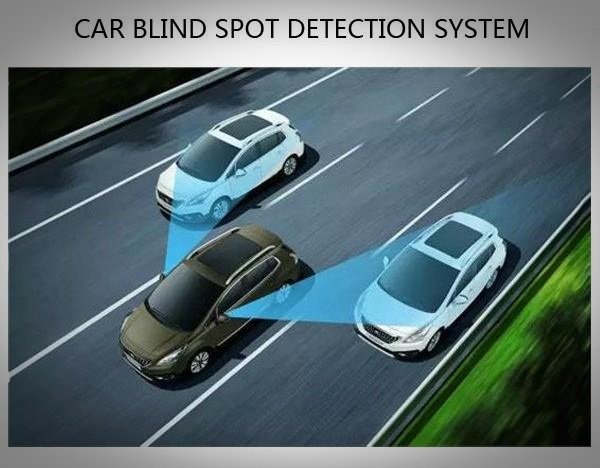
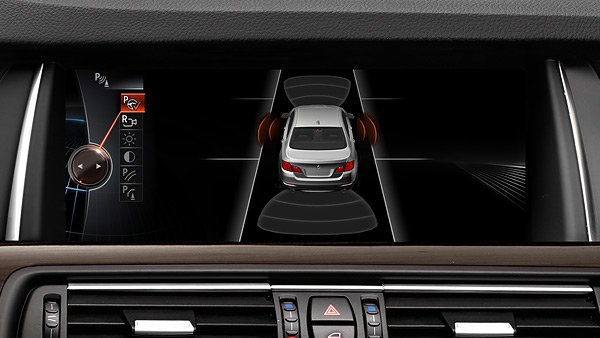


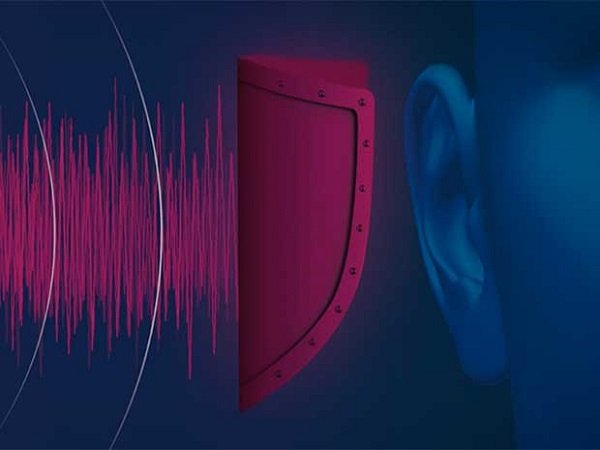
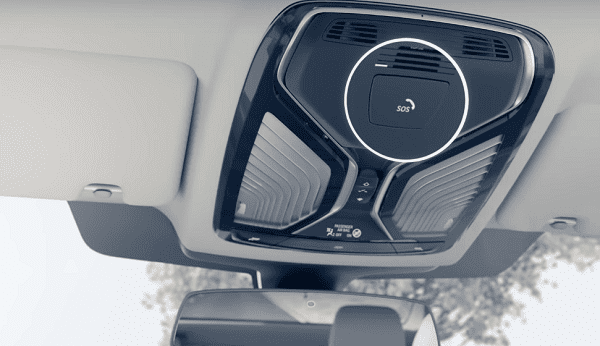
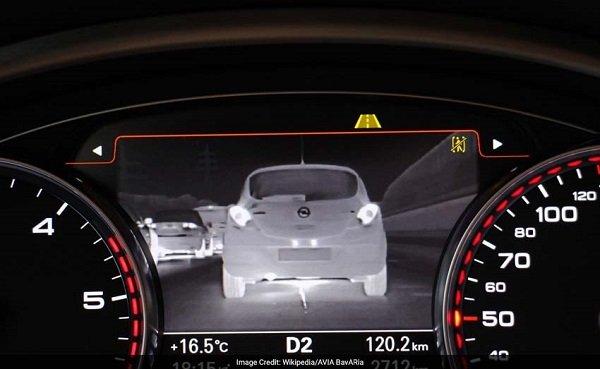

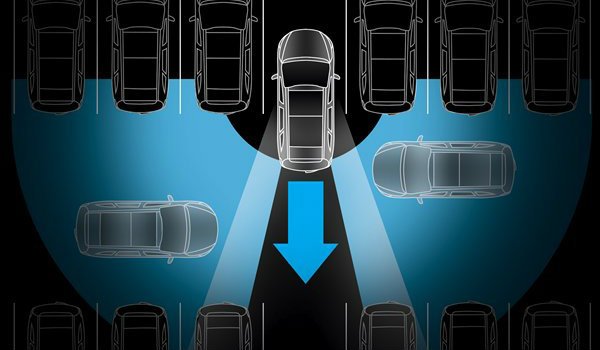
 Follow us on google news
Follow us on google news
